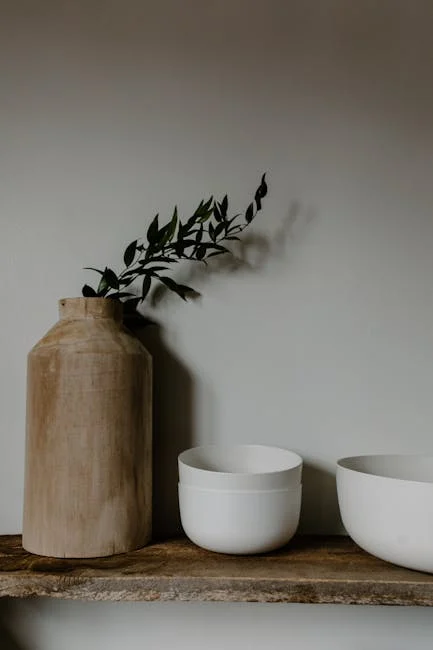The Influence of Japanese Zen on Today’s Minimal and Modern Design Aesthetic
Introduction
The clean lines, uncluttered spaces, and serene atmosphere that define modern and minimal design owe a surprising debt to a philosophy originating centuries ago in Japan: Zen. More than just a design style, Zen is a way of life focused on simplicity, mindfulness, and harmony with nature. This ancient philosophy has profoundly influenced the way we approach design today, shaping everything from interior spaces to graphic layouts.
The Core Principles of Zen and Their Design Manifestations
Less is More: Embracing Minimalism
Zen emphasizes the importance of stripping away the unnecessary to reveal the essential. This principle translates directly into minimal design, where clutter is banished and every element serves a purpose. The focus is on functionality and clarity, creating spaces that are both aesthetically pleasing and highly practical.
- Reduction of Clutter: Removing extraneous objects to create a sense of calm and spaciousness.
- Functional Simplicity: Prioritizing objects that serve a clear purpose.
- Emphasis on Negative Space: Using empty space to highlight key elements and create visual balance.
The Beauty of Imperfection: Wabi-Sabi
Wabi-sabi celebrates the beauty of imperfection, impermanence, and natural materials. This concept rejects the pursuit of flawless perfection, embracing the unique characteristics and natural aging process of objects. In modern design, this translates into using raw materials, handcrafted items, and designs that embrace natural flaws.
- Use of Natural Materials: Incorporating wood, stone, linen, and other natural elements.
- Embracing Imperfections: Valuing the unique character of handcrafted or aged items.
- Celebrating Simplicity: Finding beauty in understated and unpretentious designs.
Harmony with Nature: Bringing the Outdoors In
Zen emphasizes the importance of connecting with nature. In design, this translates into incorporating natural light, using natural materials, and bringing plants and greenery into the living space. The goal is to create a serene and harmonious environment that fosters a sense of well-being.
- Maximizing Natural Light: Using large windows and open layouts to bring in sunlight.
- Incorporating Plants: Adding greenery to purify the air and create a sense of tranquility.
- Using Natural Color Palettes: Employing earthy tones, muted colors, and natural textures.
Mindfulness and Intention: Designing with Purpose
Zen encourages mindfulness and intention in all aspects of life. This principle translates into designing spaces and objects with purpose and intention, considering how they will be used and how they will impact the user’s experience. The goal is to create a mindful environment that promotes focus, relaxation, and well-being.
- Thoughtful Placement: Carefully considering the placement of each object and its impact on the overall space.
- Creating Flow: Designing spaces that promote a smooth and natural flow of movement.
- Promoting Relaxation: Incorporating elements that encourage relaxation, such as comfortable seating and calming colors.
Examples of Zen Influence in Modern Design
Interior Design
Zen influences are clearly visible in modern interior design trends featuring open floor plans, minimalist furniture, and a focus on natural light and materials. Think: uncluttered bedrooms with platform beds, living rooms featuring low seating and tatami mats, and bathrooms designed to resemble serene onsen (Japanese hot springs).
Graphic Design
The principles of Zen are also evident in graphic design, where simplicity, negative space, and clean typography are highly valued. Minimalist logos, uncluttered website layouts, and a focus on visual hierarchy all reflect the Zen aesthetic.
Product Design
Many modern products are designed with Zen principles in mind, prioritizing functionality, simplicity, and sustainability. Examples include sleek and minimalist furniture, handcrafted ceramics, and eco-friendly household items.
Conclusion
The influence of Japanese Zen on today’s minimal and modern design aesthetic is undeniable. By embracing principles such as simplicity, mindfulness, and harmony with nature, designers are creating spaces and objects that promote well-being, clarity, and a deeper connection to the world around us. As we continue to seek balance and tranquility in our increasingly complex lives, the wisdom of Zen offers a timeless and valuable guide for creating a more mindful and meaningful environment.














Post Comment